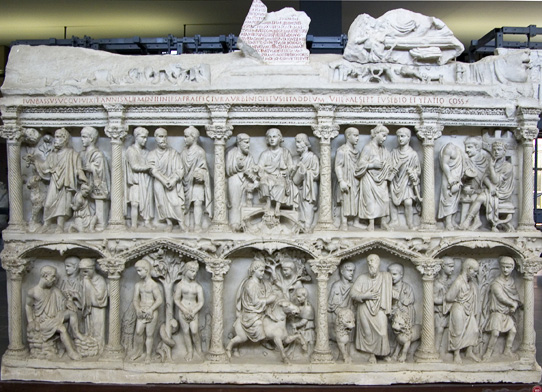
DOORS OF BISHOP BERNWARD
Artist: N/A
Location: Abbey Church of St. Michael, Hildesheim, Germany
Aprox. Date: 1015 CE
Medium: Bronze
These doors are one of the most complex projects ever taken. Each door was cast as a single sheet and chiseled to add finer details, such as the lion heads which are also the door handles. Each section of the door portrays a different scene from the Bible, ranging from the formation of Adam and Eve, to the Nativity scene, to Jesus' crucifixion. These doors were as magnificent as they were massive.
Website acquired from: http://academics.ivc.edu/arts/visual/history/projects/bishopbernward/doors.html
Website acquired from: http://academics.ivc.edu/arts/visual/history/projects/bishopbernward/doors.html





